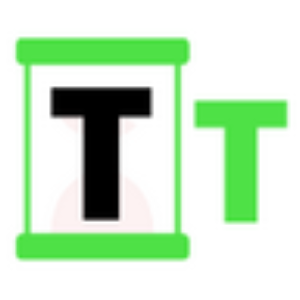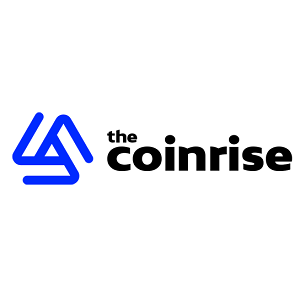Four Reasons Why XRP Ledger Solution Using RLUSD Is Superior to USDC
3 min read
Crypto researcher SMQKE published a post aimed at clarifying a persistent misunderstanding in the digital asset community, namely, the confusion between stablecoins such as USDC and native blockchain assets like XRP. The post, which referenced several supporting documents, addressed claims made by a public figure who misrepresented the technical and institutional advantages of Ripple’s RLUSD over Circle’s USDC. SMQKE presented four detailed comparisons underscoring RLUSD’s integrated blockchain solution and emphasized how the XRP Ledger (XRPL) offers a more comprehensive cross-border payment infrastructure. Dave Portnoy Part 2. Many still confuse a stablecoin like USDC with a native asset like XRP. These four pieces of evidence clearly show why the XRPL solution using RLUSD is superior to USDC’s tech stack: 1. USDC relies entirely on third-party blockchains. The first document… https://t.co/2SZLysZlDg pic.twitter.com/vbgQGav5bp — SMQKE (@SMQKEDQG) July 25, 2025 Ripple Offers a Unified Blockchain and Stablecoin Solution The first image cited by SMQKE references the XRPL’s capacity to deliver both the distributed ledger technology and the native stablecoin. According to the analysis, while USDC is available on multiple chains, including its recent launch on the XRPL , its issuer, Circle, does not operate its blockchain. The document noted that RLUSD stands apart by offering a vertically integrated solution. Ripple provides both the token and the underlying ledger, reducing dependency on third parties. This design benefits institutions by eliminating the need for external partnerships to move value, as Ripple controls both the rails (XRPL) and the currency (RLUSD), whereas Circle relies on external blockchain infrastructures for USDC operations. XRP Ledger’s Transaction Efficiency SMQKE’s second point addressed the issue of transaction costs. Referencing a comparative study of cross-border payment assets, the included document contrasted XRPL’s transaction costs and speeds against USDC’s reliance on Ethereum, which is frequently criticized for its higher fees. The report indicated that XRPL processes transactions in three to five seconds at a fraction of a cent, while Ethereum-based transactions may incur higher and more variable costs. XRP’s underlying deflationary tokenomics and built-in interoperability features also provide it with added utility in multi-chain environments, further reinforcing XRPL’s position in institutional financial infrastructure. We are on X, follow us to connect with us :- @TimesTabloid1 — TimesTabloid (@TimesTabloid1) June 15, 2025 Anchorage Digital Endorses RLUSD’s Institutional Structure In the third piece of evidence, SMQKE shared a report from Anchorage Digital that evaluated various stablecoins based on regulatory oversight and reserve composition. The report placed RLUSD alongside other high-compliance assets like PYUSD and USDP, citing its institutional alignment and quality reserve mechanisms. In contrast, it noted that USDC and similar tokens exhibit structural risks related to insufficient buffers against market volatility. This reinforced SMQKE’s assertion that RLUSD is better equipped to meet regulatory expectations and institutional risk management standards. Circle’s Launch of USDC on XRP Ledger Lastly, SMQKE included Circle’s recent announcement that USDC is now natively supported on the XRPL. In the announcement, Circle outlined use cases for enterprise payments, DeFi liquidity provisioning, and financial applications. SMQKE pointed out that this move by Circle itself demonstrates recognition of XRPL’s technical advantages. While Circle brings USDC to XRPL, Ripple does not depend on Circle or similar entities to enable stablecoin functionality, as it has developed RLUSD directly on its infrastructure. By sharing these documents, SMQKE aimed to provide a factual basis for distinguishing Ripple’s native solution from third-party stablecoin offerings. The researcher concluded the post by stating that these materials should prevent retail investors from embracing narratives that ignore the technical, cost, and institutional strengths of XRPL and RLUSD . According to SMQKE, Ripple’s ability to deliver an end-to-end solution positions it more favorably than stablecoins relying on external infrastructures. Disclaimer : This content is meant to inform and should not be considered financial advice. The views expressed in this article may include the author’s personal opinions and do not represent Times Tabloid’s opinion. Readers are advised to conduct thorough research before making any investment decisions. Any action taken by the reader is strictly at their own risk. Times Tabloid is not responsible for any financial losses. Follow us on X , Facebook , Telegram , and Google News The post Four Reasons Why XRP Ledger Solution Using RLUSD Is Superior to USDC appeared first on Times Tabloid .

Source: TimesTabloid



